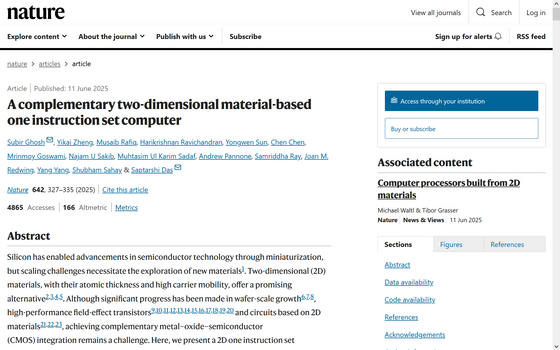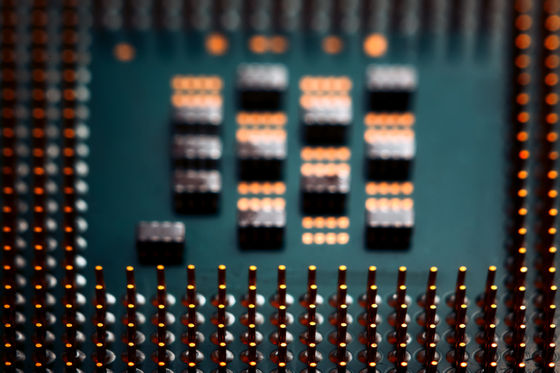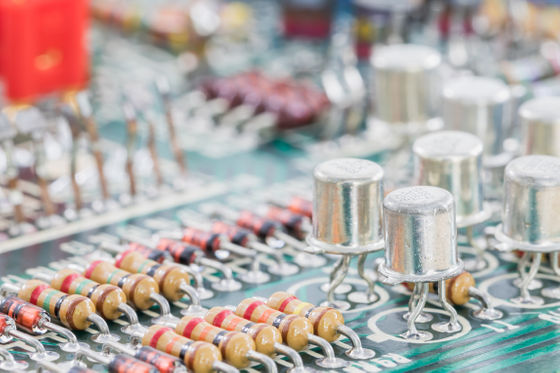The world's first non-silicon two-dimensional computer is developed

Many PC components, including semiconductors, are made from a material called 'silicon.' Researchers at Pennsylvania State University have announced that they have developed a computer capable of simple calculations using a material that, unlike silicon, is only one atom thick and maintains its properties at that scale.
A complementary two-dimensional material-based one instruction set computer | Nature

World's first 2D, non-silicon computer developed | Penn State University
Researchers at Pennsylvania State University have developed a complementary metal-oxide semiconductor (CMOS) computer, a technology at the heart of almost all modern electronic devices, without the use of silicon. To develop the two types of transistors needed to control the flow of current in a CMOS computer, the researchers used molybdenum disulfide for the n-type transistors and tungsten diselenide for the p-type transistors.
Silicon has played a key role in making semiconductor transistors smaller, typically known as field-effect transistors, but as silicon devices get smaller, their performance starts to degrade.

To achieve high performance with low power consumption, both n-type and p-type elements needed to work together, but this was difficult to achieve with materials other than silicon. Previous research had demonstrated small circuits using
The computer developed by the research team is made entirely of two-dimensional materials that combine large areas of molybdenum disulfide and tungsten diselenide, and it is said that it maintains excellent electronic properties even at atomic thicknesses.
The team used metal-organic chemical vapor deposition (MOCVD) to grow large sheets of molybdenum disulfide and tungsten diselenide, creating more than 1,000 transistors of each type. 'By carefully tailoring the device fabrication and post-processing steps, we were able to tune the threshold voltages of both n-type and p-type transistors, enabling the construction of fully functional CMOS logic circuits,' the team wrote.

According to the research team, although the operating frequency of transistors made from 2D materials is lower than that of conventional silicon CMOS circuits, simple logical operations can be performed. 'Although there is still room for further optimization, this research marks an important milestone in supporting research into the use of 2D materials in electronics,' the research team said.
Related Posts:
in Hardware, Posted by log1p_kr






